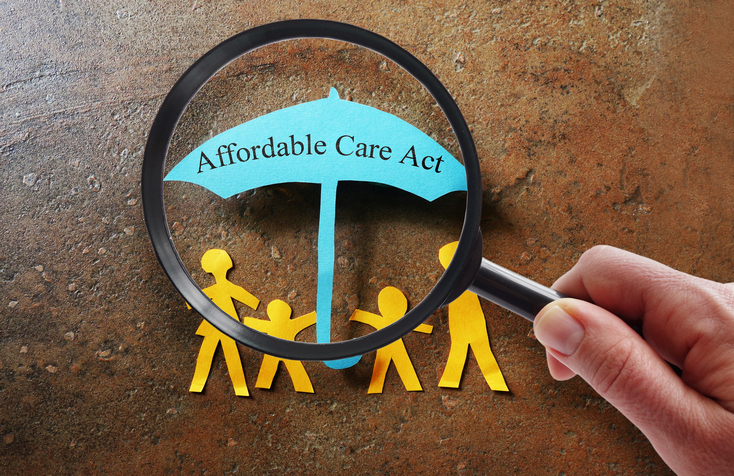If healthcare reform is driving doctors out of private practice and into hospital systems, technology may help them regain their independence.
Two physician entrepreneurs have started a fascinating conversation about the future of private practice on LinkedIn. Arlen Meyers, MD and president and CEO of the Society of Physician Entrepreneurs, believes doctors in private practice will only survive if they can reduce operational costs, increase market share and earn more from direct pay, copay and deductible charges.
He makes these assumptions:

With the Rise of AI, What IP Disputes in Healthcare Are Likely to Emerge?
Munck Wilson Mandala Partner Greg Howison shared his perspective on some of the legal ramifications around AI, IP, connected devices and the data they generate, in response to emailed questions.
- The Democrats win the next presidential election.
- Private practices level out at 20 percent.
- There will be a reverse migration of employed physicians to private practice using new business models and digital technologies to thrive.
- Physicians will focus on providing care and outsource most business processes including practice and revenue cycle management.
Meyers estimates that currently about 35 percent of the 835,000 practicing doctors own their practice and half of those are solo practitioners.
Mike Permenter of Medendeavors predicts manageable memberships, customer service and reduced costs will be the defining forces of change:
New business models, yes. That will give way to one model, the Direct Primary Care or Private Practice where memberships are retained by spectacular customer service, and more time allowed with the Dr. IN PERSON, not via a telemedicine platform. … Hybrids and other models that continue having the physician be a billing agent for Medicare and insurance will disappear in the private practice…
Mary Pat Whaley, FACMPE, CPC and a physician advocate at www.managemypractice.com, said she has already seen the doctor as hospital employee trend reversing:
Setting up new practices actually took us by surprise and we did not really see this happening until physicians starting calling us. We are also the pioneers in teaching practices how to use an electronic Credit Card on File (CCOF) model to collect full patient balances within 35 days for routine services and collect within 6 months (+/-) for large non-elective services. CCOF keeps practices viable through a clean, well-managed patient A/R. With high deductibles, monthly billing statements are not an option any more.
John Crawford, MD and CEO at rockhopperZSG, sees analytics extending to recommend which new patients to accept:
Instantly and automatically assess expected patient value based on key variables input by the patient while requesting an appointment online, use that assessment to stratify access, and watch as your procedure booking rate and collection rate increase, improving revenue by 20-30 percent without working any harder. … I manage patient yield and I do it through automation based on a custom-built multi-variable practice “fingerprint” for each client.
Crawford said that this approach will be even more critical for procedure-based specialists rather than primary care physicians, because patient visits to specialists are not recurring.
[Image of doctor with a telescope from BigStock]














